The breathing cure
Spa therapists and their clients could benefit from a practical understanding of the breath. Breathing expert, Patrick McKeown, elaborates on the power of using our lungs correctly...

I have been teaching people to breathe for 20 years and have seen the new widespread interest in health – in staying well – open new doors for breathwork. A significant and growing body of research demonstrates that breathing is an essential element in whole-person wellness. Indeed, there is nothing more synergistic than the breath. It impacts and interacts with every system in the body, either supporting health or contributing to stress, inflammation, pain, and disease.
In recent years, awareness of breathwork has exploded. In 2020, James Nestor’s book, Breath, stormed the bestseller charts, and of course we have been experiencing a global respiratory pandemic. At the same time, the wellness landscape has shifted toward a preventative, integrative model, driven by an ageing population, failing medical systems and globalisation. In mainstream media, the topic of fitness has been replaced by biohack trends and the search for longevity.
Spas provide the perfect interface for a preventative, integrative approach. In 2010, the Global Wellness Institute (GWI) report, Spas and the Global Wellness Market, described the traditional role of the spa as a place for healing, renewal and relaxation, which, “positions the spa industry as one of the most logical sectors to take advantage of, and help lead, the wellness movement.”
In the same report, GWI revealed 71 per cent of consumer respondents said they would be much more likely, or somewhat more likely, to visit a spa if they learned that a series of research studies demonstrated that spa treatments deliver measurable health benefits.
Myth busting
There is certainly plenty of scientific literature to support the practice of breathing exercises. However, when it comes to breathing, there are also many myths that need busting. Even the common instruction to “take a deep breath” can cause more harm than good. And I hear stories about aerobics coaches telling their students to “open the mouth to get more oxygen,” an instruction that simply has no basis in respiratory science.
It is still the case that breathing techniques are too often practiced with no clear understanding of how they affect the body. In my experience, unless you understand breathing from three dimensions, biomechanical, biochemical, and psychophysiological, you cannot effectively advise clients.
The way a person breathes affects their whole body. Dysfunctional breathing impacts sleep, causing snoring, obstructive sleep apnea and insomnia. It contributes to psychological issues including depression, anxiety, and chronic stress. Stress is a risk factor in 75-90 per cent of all human diseases (Liu et al., 2017), and it can activate myofascial trigger points (McNulty et al., 1994). Breathing pattern disorders are present in 9.5 per cent of the general adult population, 29 per cent of the asthma population, and in 75 per cent of people with anxiety.
Balancing blood gases
I approach the treatment of dysfunctional breathing from three dimensions – the biochemistry, biomechanics and resonance frequency, or respiratory rate. Too often we focus only on the diaphragm. But if we neglect the biochemistry, diaphragm breathing can become counterproductive.
The biochemistry of breathing focuses on the balance of blood gases and the body’s sensitivity to carbon dioxide. It can become unbalanced due to fast, shallow upper chest breathing that is often through an open mouth. Carbon dioxide (CO2) plays an important role in the acid-base balance of the blood. It directly influences the vagus nerve – the tenth cranial nerve – which is the primary driver of the body’s rest and digest functions. Research from the psychologist Alicia Meuret showed patients with panic disorder have low levels of blood CO2, and that when CO2 is normalised in the blood, panic symptoms improve.
Carbon dioxide also provides the primary stimulus to breathe. Therefore, a high sensitivity to CO2 can perpetuate over-breathing and stress.
The biomechanics of healthy breathing involve restoring proper function of the diaphragm. This is important for lung capacity, and to keep the airways open. It has an impact on many other organs too. The diaphragm is directly connected to the heart via fascia. It massages the heart as it moves. Due to the connection with pelvic organs, diaphragm breathing is also beneficial in pelvic disorders.
Resonance frequency involves slowing the breathing rate to between 4.5 and 6.5 breaths per minute. Numerous studies have found this optimises heart rate variability, blood gas exchange, respiratory sinus arrhythmia, blood pressure receptor function, and makes breathing more efficient. During slow exhalation, the vagus nerve releases a neurotransmitter called acetylcholine, which is instrumental in sleep (Watson et al., 2010).
Nasal breathing
At the foundation of my teaching, I encourage the restoration of full-time nasal breathing, during rest, exercise, and sleep. When breathing is through the mouth, the result is often chronic hyperventilation and sleep-disordered breathing. When sleep is poor, the body cannot recover properly. Mouth breathing encourages hyperarousal of the sympathetic nervous system, contributing to insomnia, and worsens sleep apnea.
On a functional level, mouth breathing contributes to neck and back pain. It promotes forward head posture. Moreover, it is only possible to properly engage the diaphragm when breathing is through the nose. The diaphragm is the primary breathing muscle, and plays an important role in core strength, spinal stabilization, balance, and pain perception.
When a client comes to a spa feeling tired, tense and stressed, breathing exercises can be used to support treatments and provide a practical ongoing programme of care. Already, many certified breathing instructors integrate their training into different modalities such as physiotherapy, dentistry, yoga, Pilates, massage, fitness coaching and counselling.
Having trained hundreds of breathing instructors, and having watched the interest in breathing blossom in recent years, I believe there has never been a better time to integrate breathing exercises into spa therapies and fitness classes. And I believe spas are perfectly placed to meet the growing need to empower people to improve their own health and wellbeing with breathing, for life.

Patrick McKeown is a breathing expert based in Ireland. Since 2002, he has worked with thousands of clients, including Six Senses, elite military special forces (SWAT), Olympic coaches and athletes, as well as written books on the subject, Atomic Focus and The Breathing Cure.
To find out more about becoming a certified breathing instructor with Patrick McKeown, visit OxygenAdvantage.com

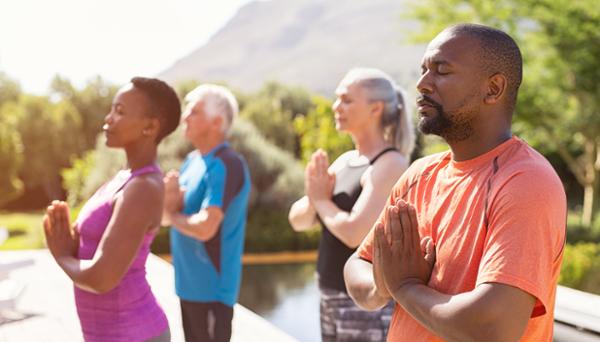
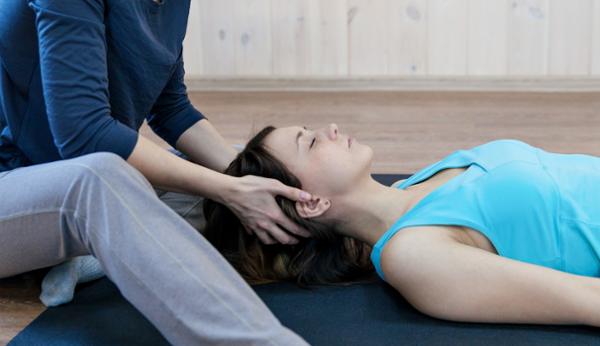
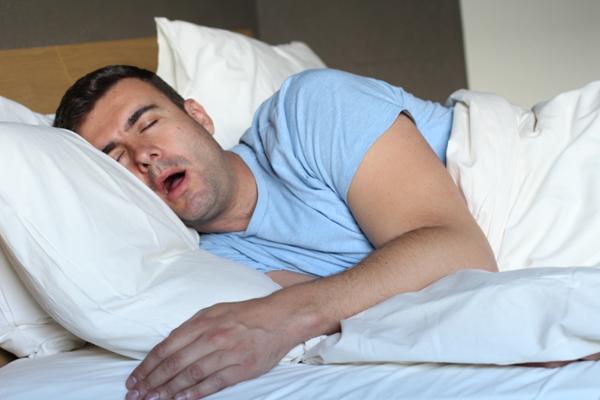
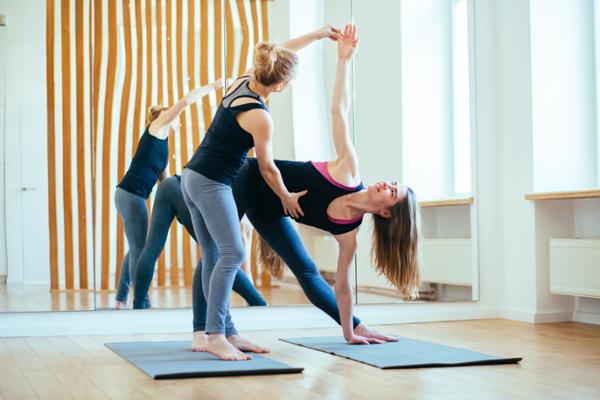
Facility Manager - LSBU Active
Team Leader
Fitness Motivator
Swim Teacher
Duty Manager (Dry)
Health and Fitness Instructor
Head of Operations
Senior Leisure Officer
Swimming Teacher
Swimming Teacher
Company profile
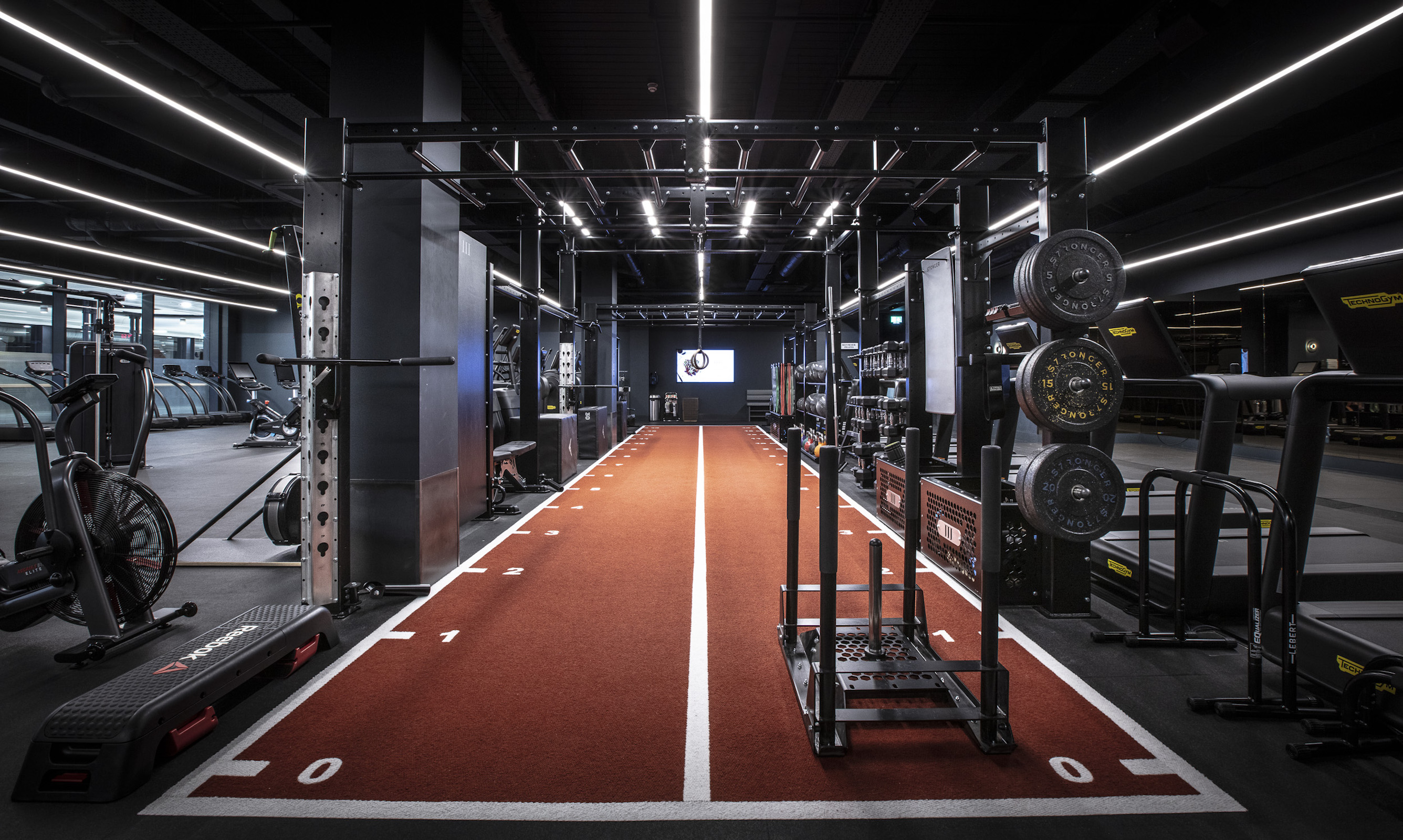
Featured Supplier

Property & Tenders
Company: Jersey War Tunnels
Company: Savills
Company: Cotswold Lakes Trust
Company: Knight Frank
Company: Belvoir Castle















